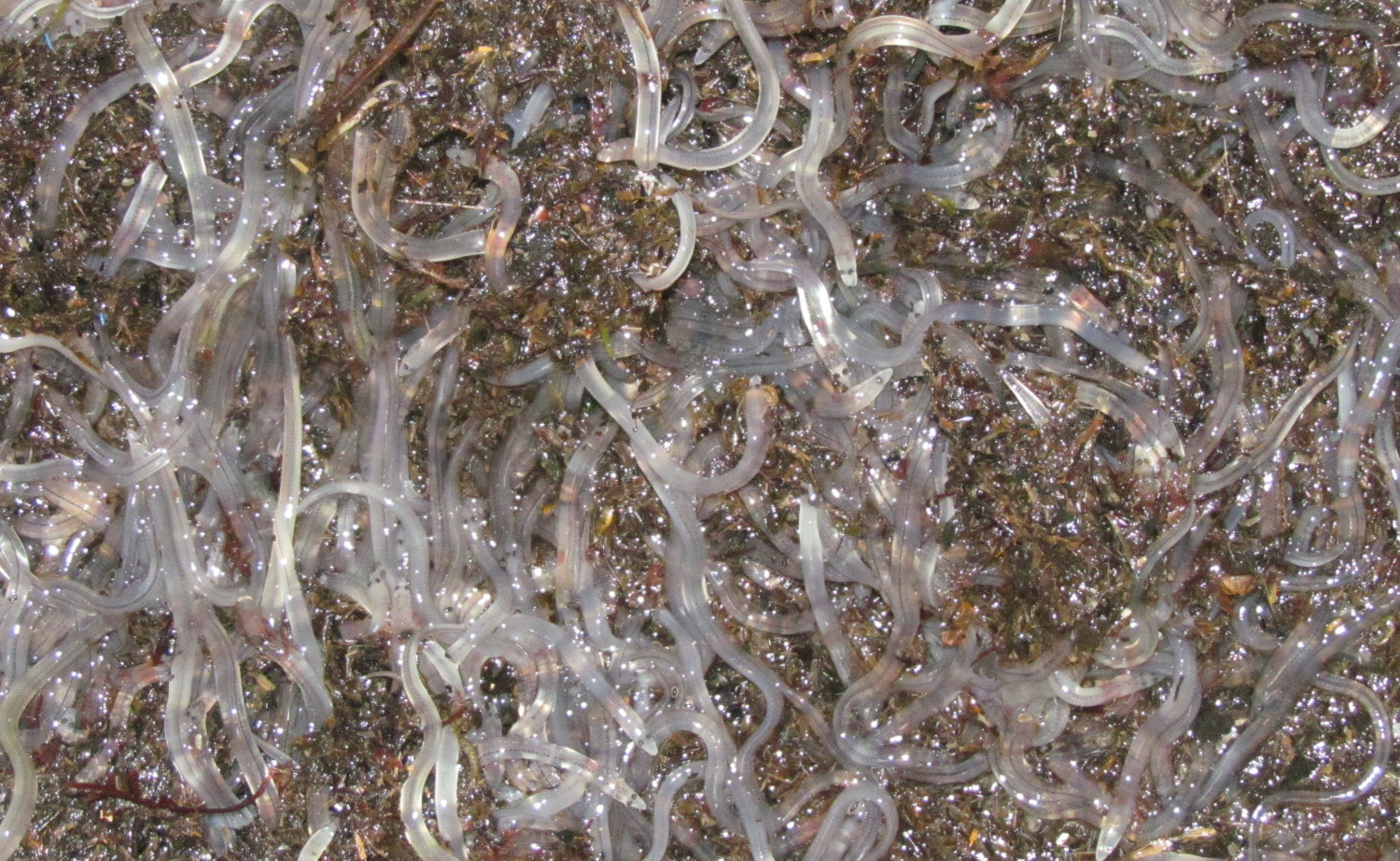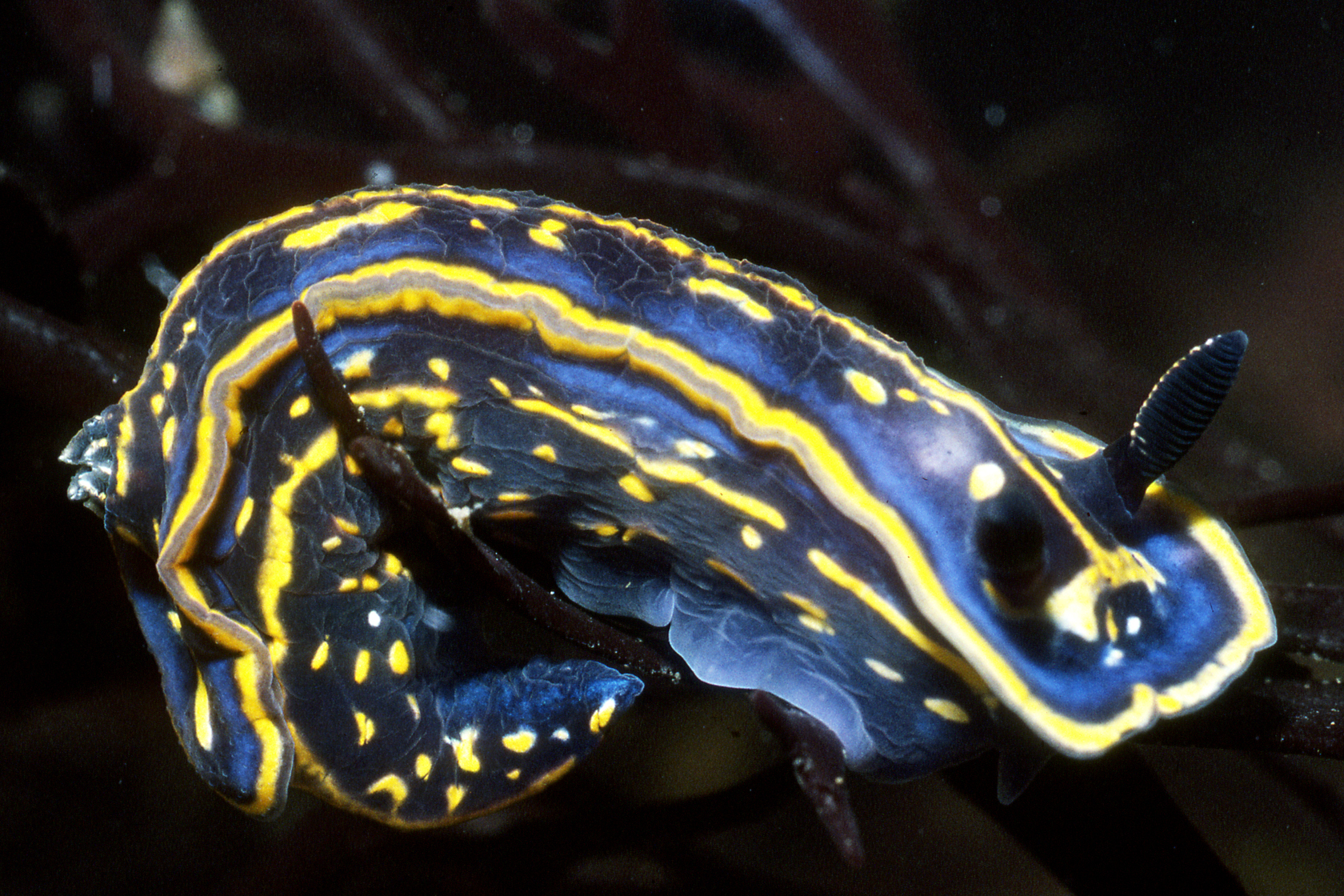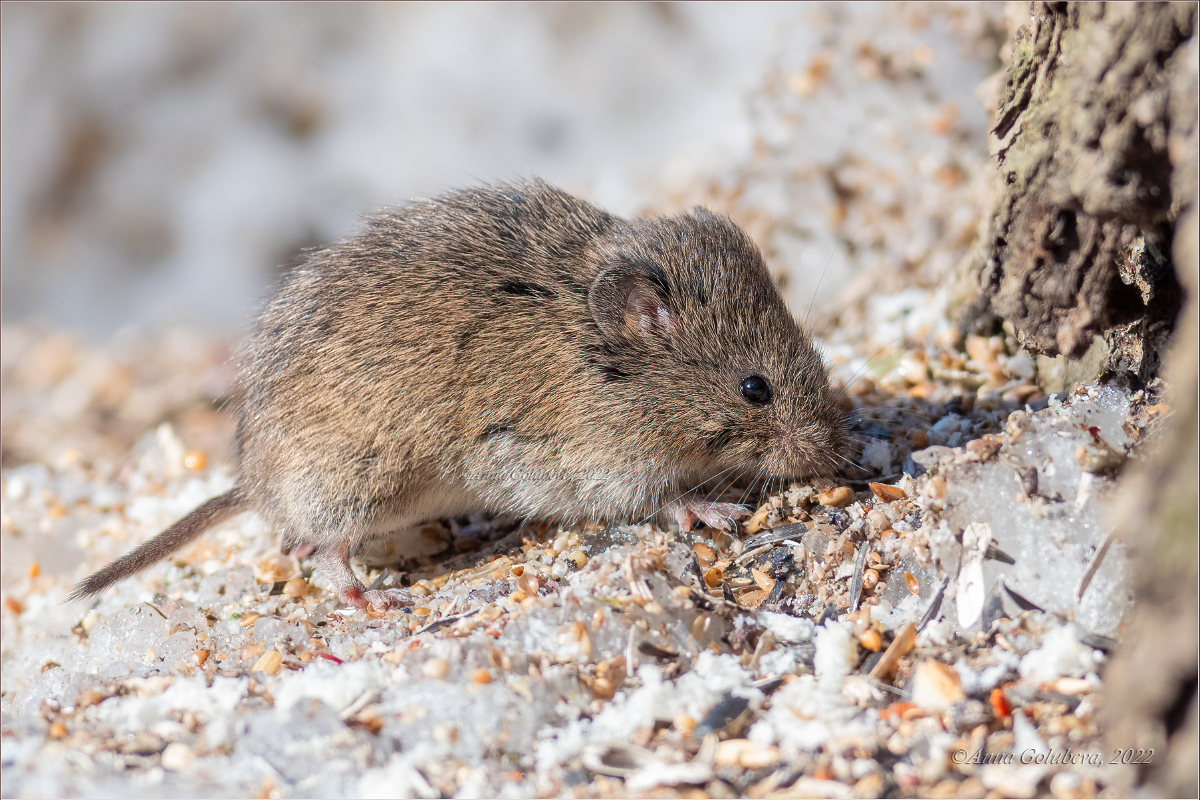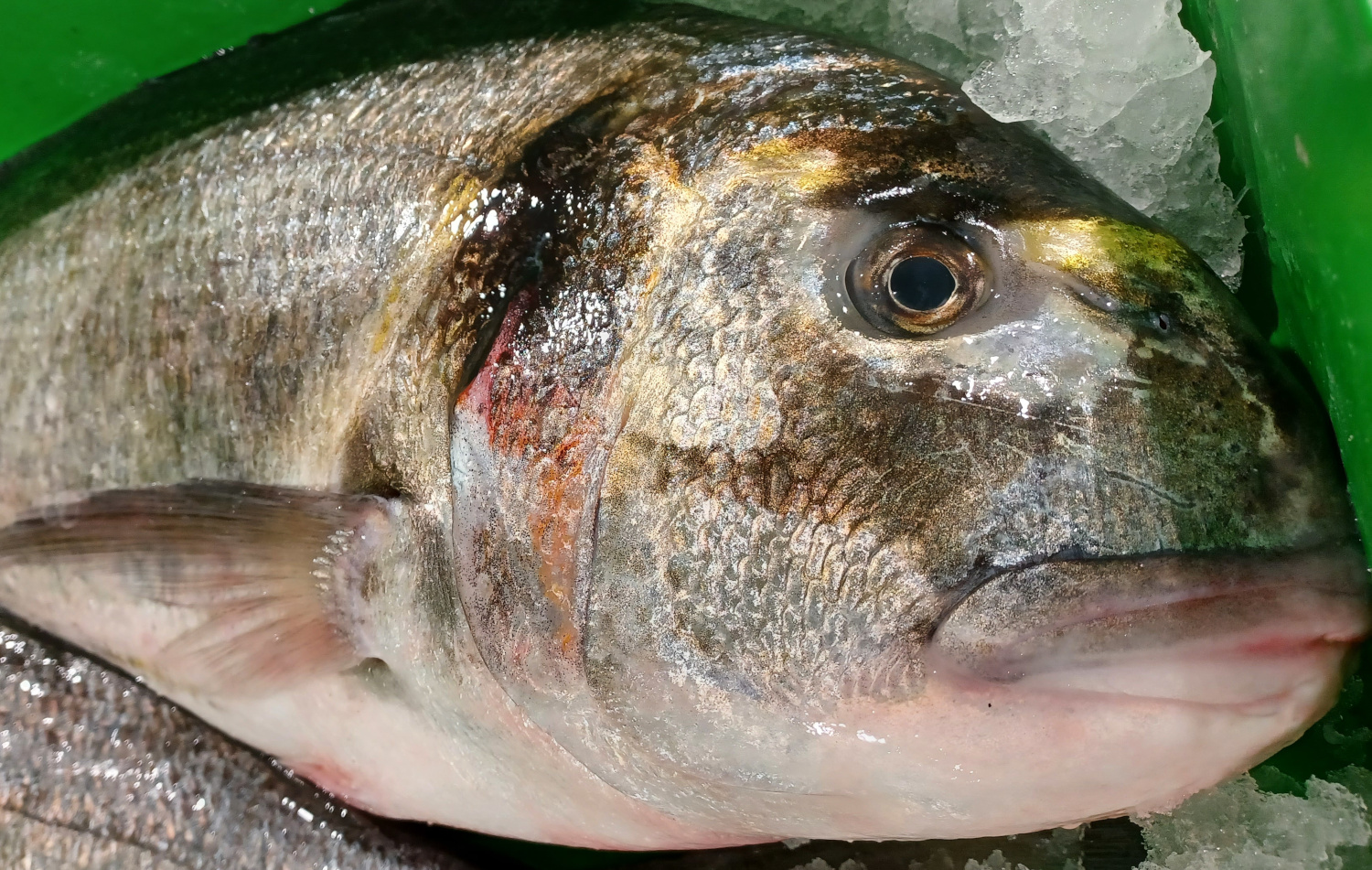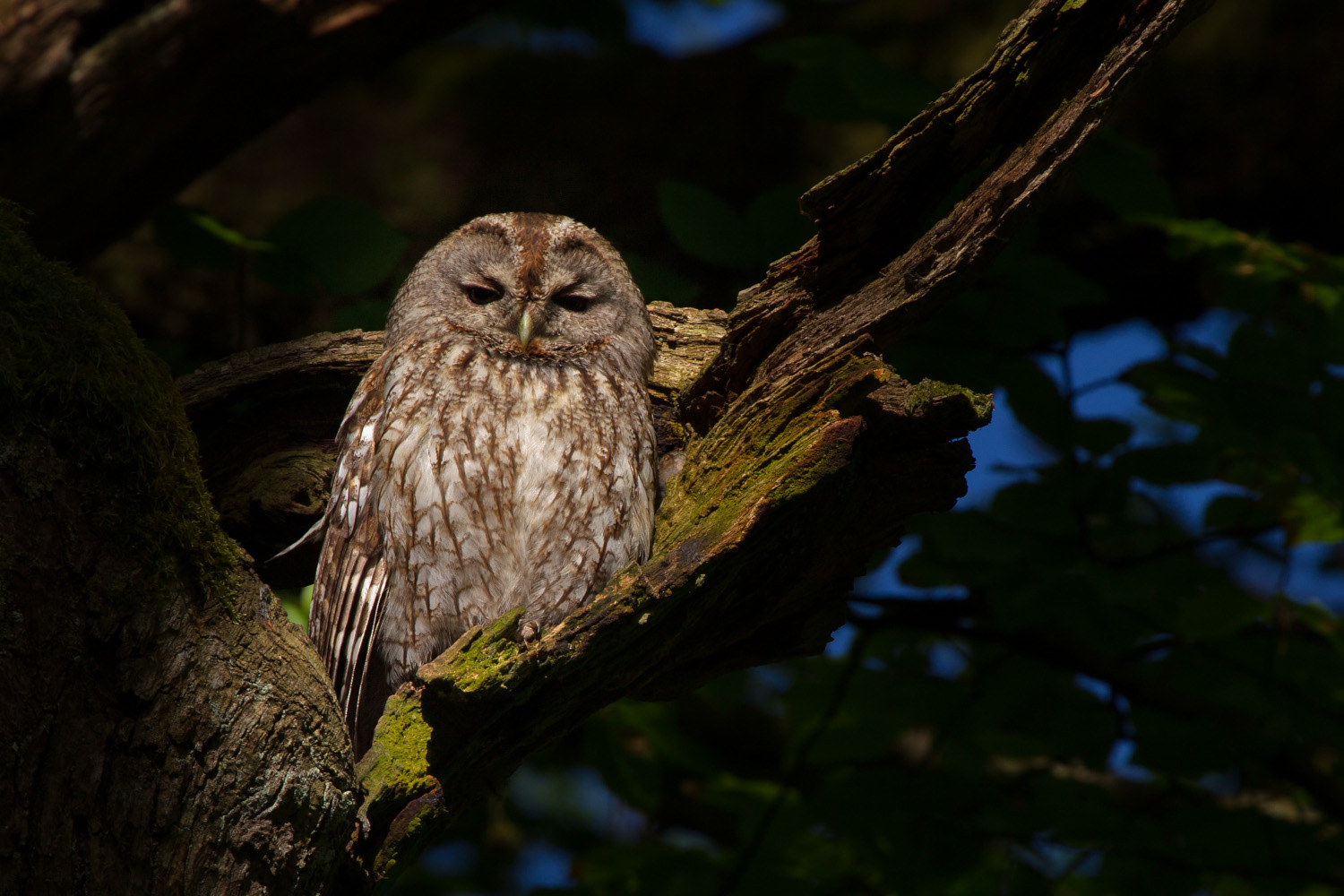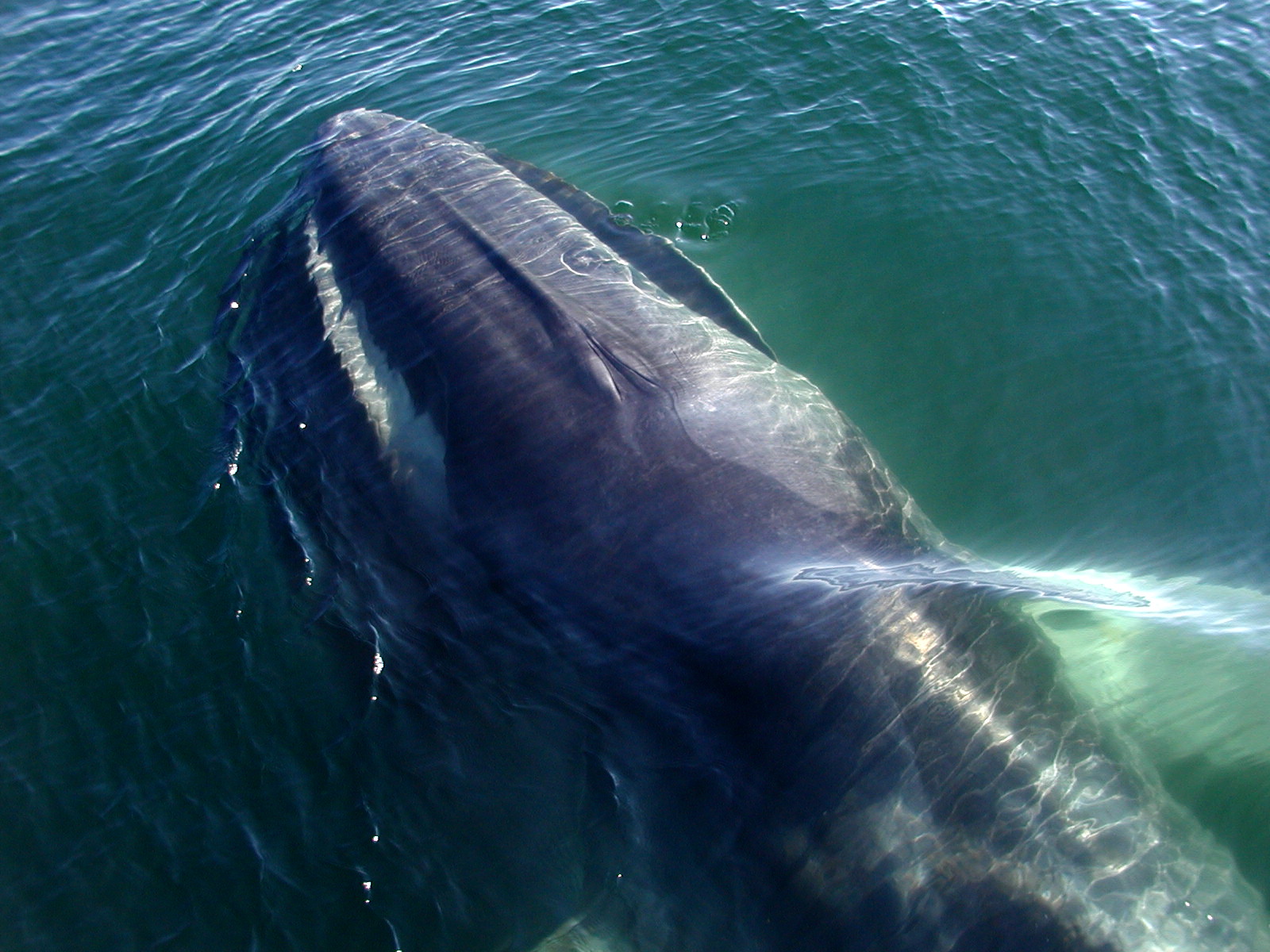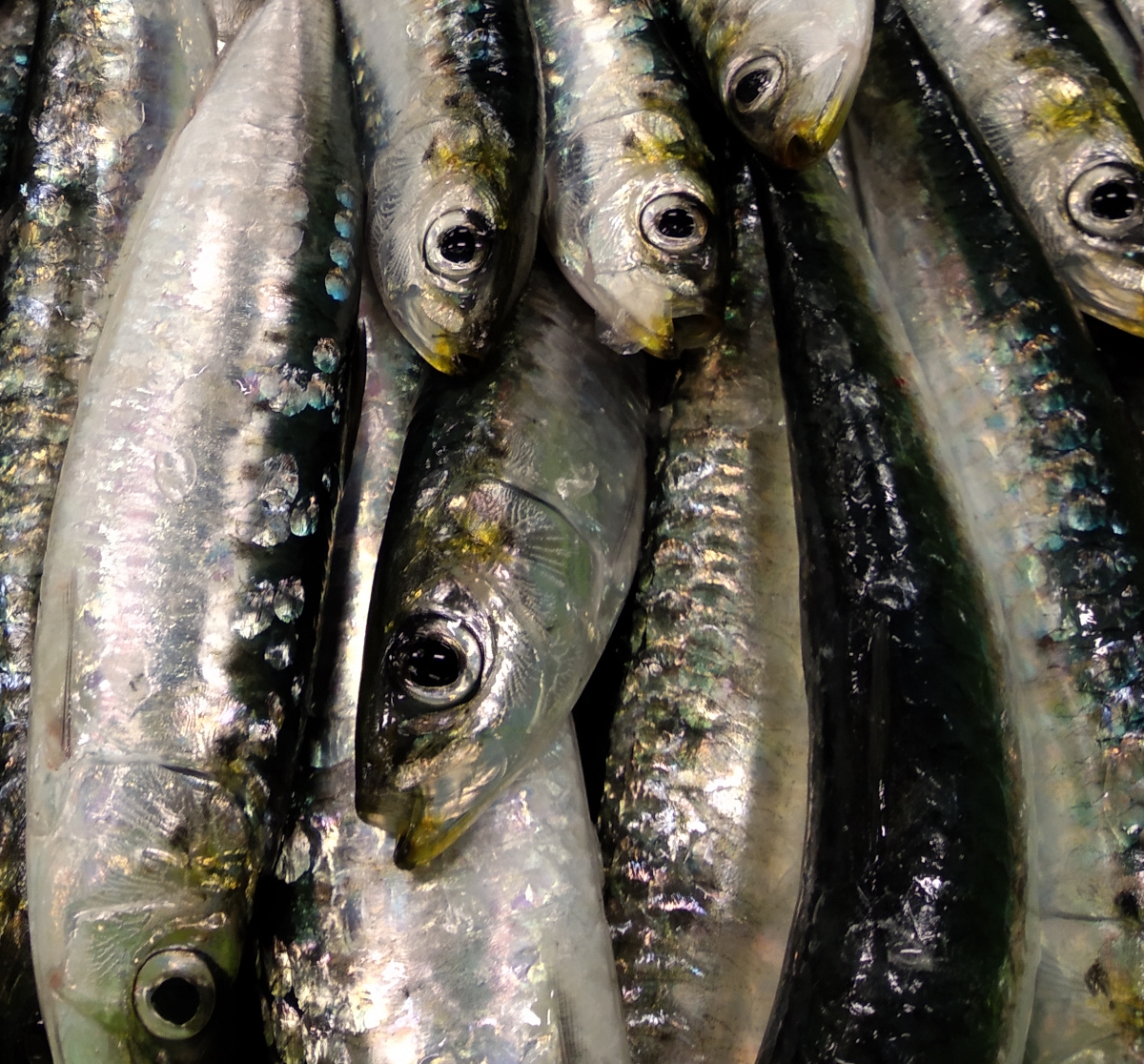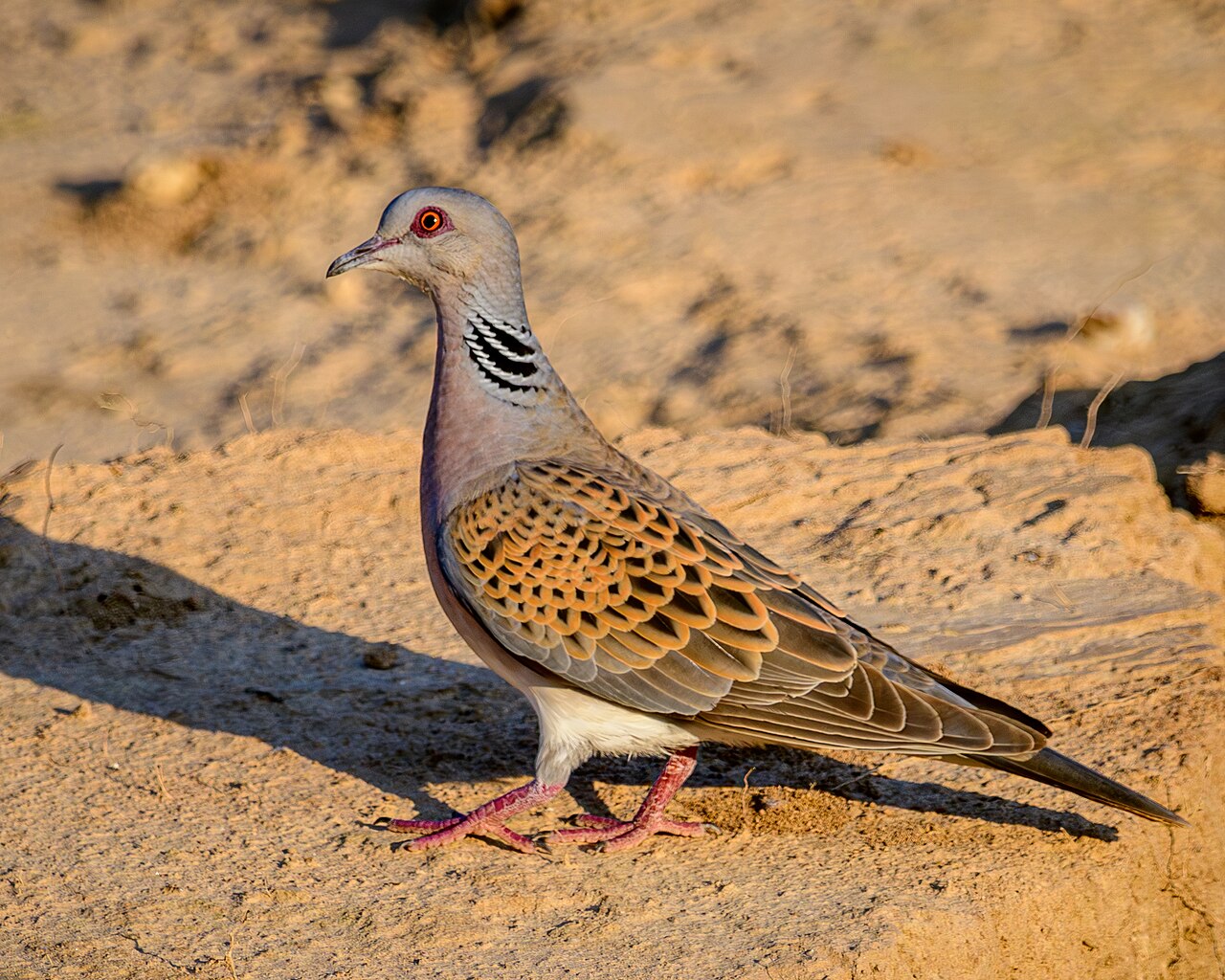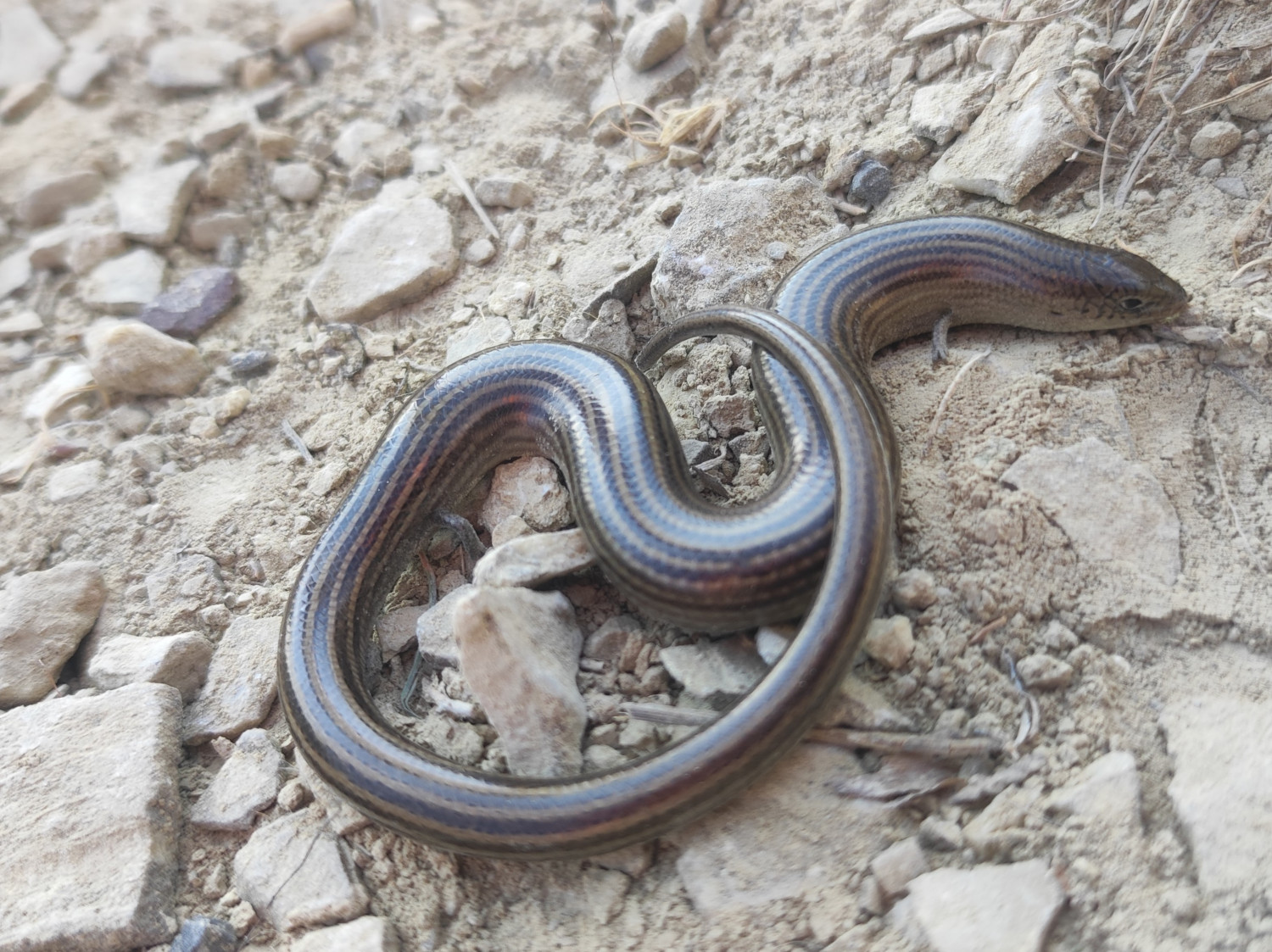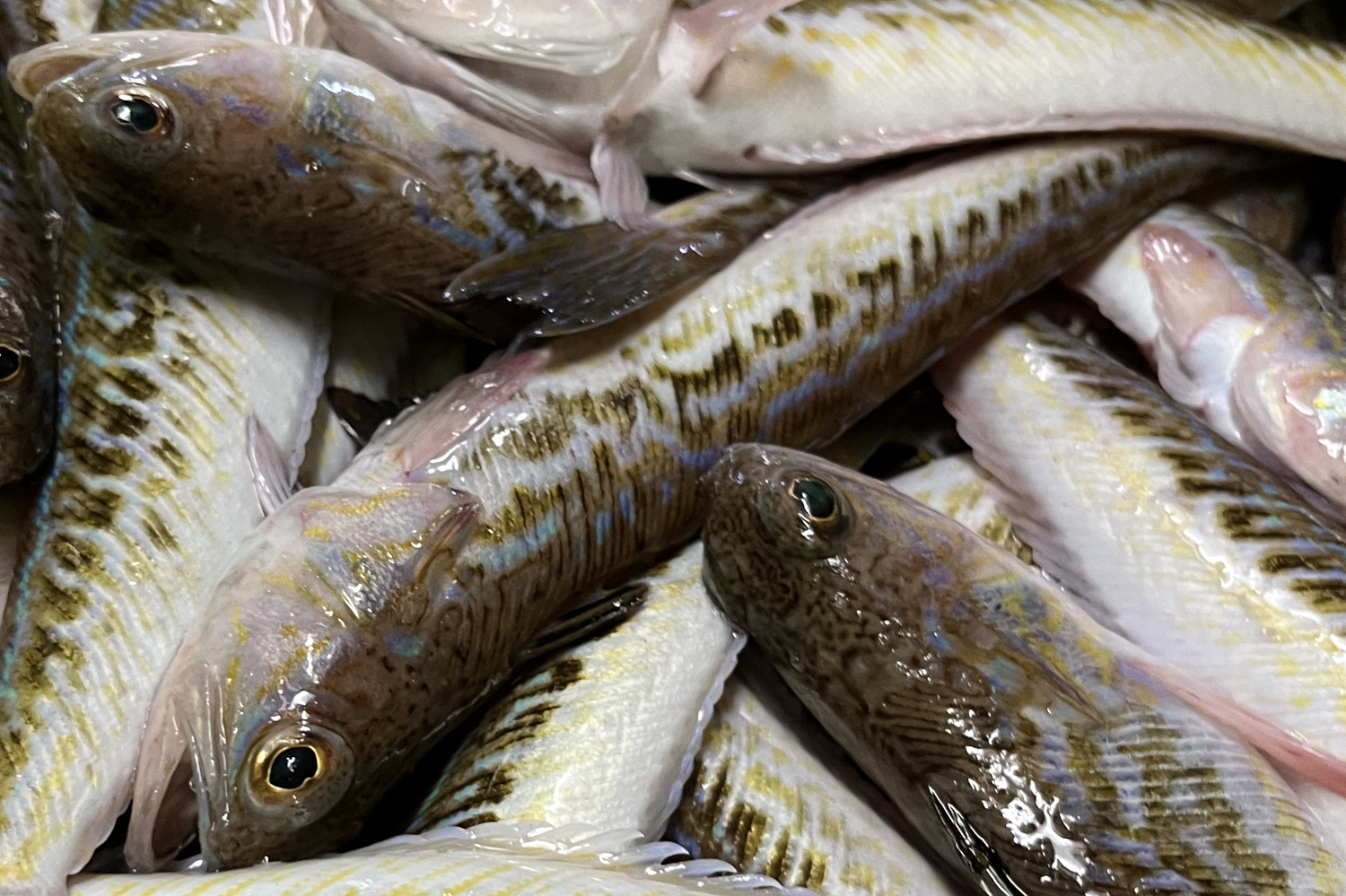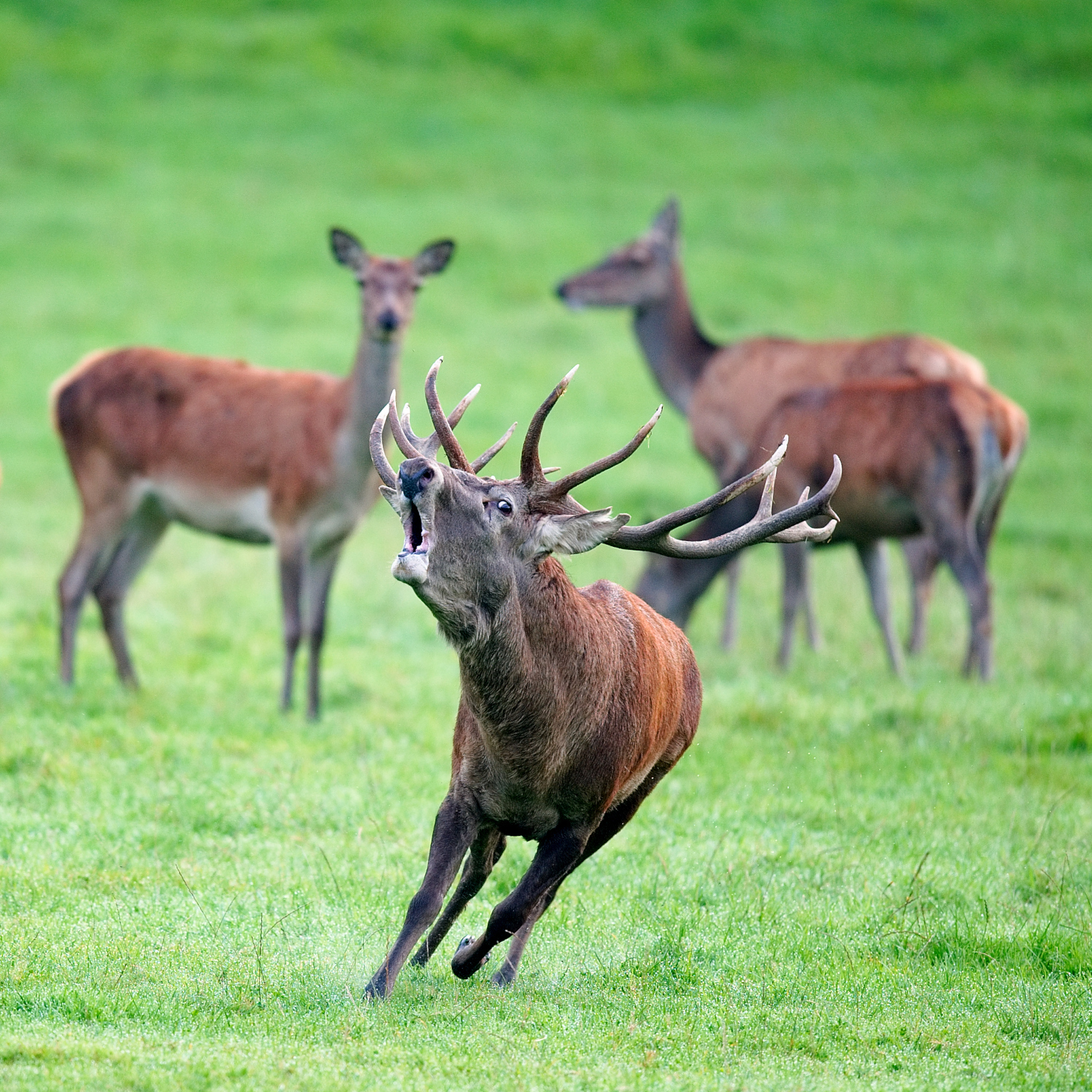Light that's going off
- Those of us who have a few years (in my case, a lot of years) have heard many times from our parents and our older relatives a spectacle of surprising old. As if in a story, the pastures were decorated with “small light” on the crisp nights of May. It was believed to be a green light and to be lit from here to there, as an empty whim of nature. They said the firefly, and they had no reason, because they had light produced by their butt without a pair of beetles.

Luciérnaga (Coleoptera, Lampyridae)
Group: Invertebrate/Insect/Coleoptera.
Size: Between 5 and 25 mm according to species.
Where does he live? Grass in wet areas.
What do you eat? All in all, it's a polyphagus.
Level of protection: not protected at European level.
Around 1900-2000 firefly species are known on the planet, which are among the beetles within the Lampyridae family. They live in warm and warm regions, with their own climatology.
But let's focus on that amazing light of this insect, which is worth it! Males and females of most species have a very different appearance, responding to what is known as sexual dimorphism. Females of some species can't fly, and their body and thick appearance look like larvae. The origin of its light is chemical and occurs when an enzyme acts on a substance of a suspicious name. That substance and that enzyme are luziferine and luziferase, respectively, and you will have noticed where the suspicions come from… The process of light formation is called bioluminescence and is based on the oxidation of luciferin. This chemical reaction develops quickly and allows you to see this mysterious light. This type of light that forms under the insect’s belly, under the skin, is called “cold” light because it does not produce heat. The light is produced intermittently and the extension of the brickwork separation varies by species.
The fact that larvae of some species are also violuminiscent shows us that they are more attractive than sex. It can be an insect defense system, used as a predictor of its “dangerous” origin through light. Larvae live underground, although occasionally they can surface. Larvae are carnivorous and use a substance to stop their prey (calms, worms, etc.) by puncture in your body. When it comes to adult insects, they are herbivores and some species do not feed on maturity. They are not the only insects that do not feed on maturity and can do so thanks to the energy they accumulate in the larval phase, as do some chickens (as does the biggest cock in Europe, Saturnia pyri).
Fireflies, among many other insects, are declining. This is obvious and there is nothing else to renew the accounts of their ancestors. The reasons may be many, but it seems that at the origin of all we see human beings. Amazing, right?








